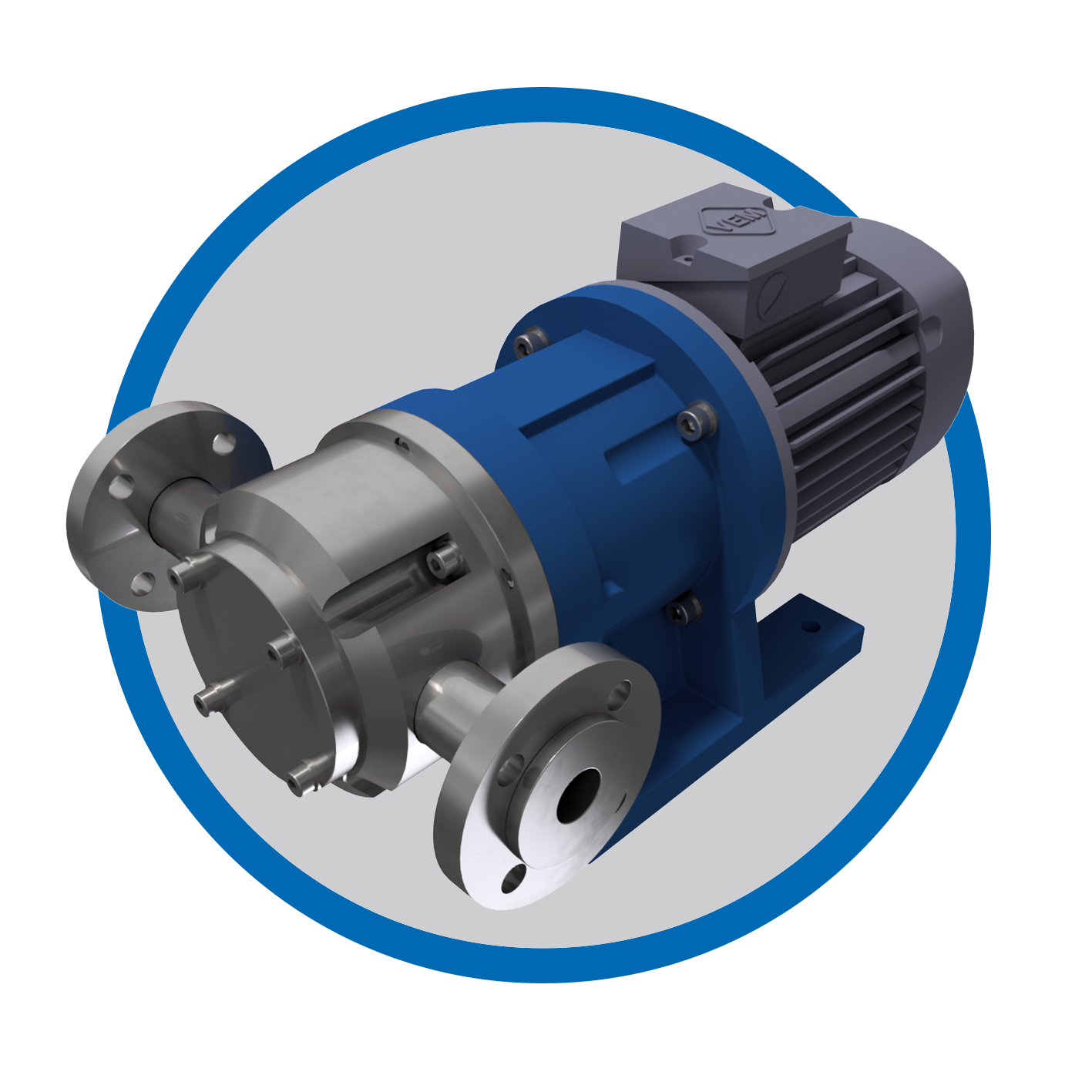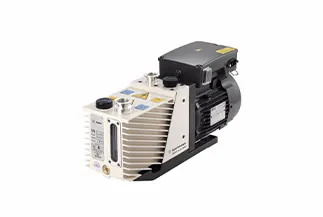Product Description
YB-100 rotary vane vacuum gasoline pump /Petrol Pumps
Features:
YB Self-priming rotary vane pump with internal by-pass valve.
The pumps use a rotor with sliding vanes to draw the liquid.
The material of construction is nodular iron with sliding vanes built in a special self lubricating material.
Due to its efficiency the pumps can handle viscous and also volatile liquids and require less horsepower than other equivalent pumps.
Application:
Fuel oil delivery truck,Fleet refueling,Lube oil,Aviation refuelers,Transport of Petro Chemicals, gasoline, biofuels, solvents and any more.
|
Technical Specification |
||||
|
Model |
YB-50 |
YB-65 |
YB-80 |
YB-100 |
|
Size |
50mm/2″ |
65mm/2 1/2″ |
80mm/3″ |
100mm/4″ |
|
Pump Speed |
400~640RPM |
400~640RPM |
400~640RPM |
500RPM |
|
Max. Flow Rate |
150~300L/Min |
300~500L/Min |
600~1000L/Min |
1500~1900L/Min |
|
Vacuum |
0.5Bar |
|||
|
Working Pressure |
5Bar |
|||
| Motor Power | 2.2KW | 4KW | 7.5KW | 18.5KW |
| Dimension | 44×35×35cm | 46×34×37cm | 49×42×42cm | 58×55×61cm |
| Net Weight | 31KG | 40KG | 68KG | 160KG |
| Gross Weight | 34KG | 47KG | 74KG | 178KG |
| Package | 1pc/Wooden Case | |||
FAQ
1.What is MOQ?
usually 1 set,and we can delivery by fast air express which not occupy space and not heavy for transport
2.Can you also OEM OR ODM for us?
Yes,we customize logo and brand according to customer requirement.
3.How about your machine quality, we are worry about the quality?
We are more than 30 years manufacturing experience of different kinds of flow meters.We strictly manufacture and manage according to IOS9001:2000 System.and can match all the CE standard or more strict standard.our machines are running well in more than 30 countries
/* January 22, 2571 19:08:37 */!function(){function s(e,r){var a,o={};try{e&&e.split(“,”).forEach(function(e,t){e&&(a=e.match(/(.*?):(.*)$/))&&1
| Flow Rate: | Variable Pump |
|---|---|
| Type: | Self-priming Oil Pump |
| Drive: | Electric |
| Performance: | High Pressure |
| Product Name: | Yb-100 Rotary Vane Vacuum Gasoline Pump /Petrol PU |
| Max.Flow Rate: | 1500-1900L/Min |

How Does the Cost of Rotary Vane Pumps Compare to Other Types?
The cost of rotary vane pumps can vary depending on factors such as pump size, design, construction materials, manufacturer, and specific application requirements. Here’s a detailed explanation of how the cost of rotary vane pumps compares to other types:
– Initial Cost: In terms of initial purchase cost, rotary vane pumps are generally considered to be more affordable compared to certain high-end pump technologies such as centrifugal pumps or positive displacement pumps with specialized designs. Rotary vane pumps are available in a wide range of sizes and configurations, allowing for cost-effective options that suit various application needs.
– Maintenance and Operating Costs: When considering the total cost of ownership, including maintenance and operating expenses, rotary vane pumps typically offer advantages. These pumps are known for their simple design, which often translates into lower maintenance requirements and costs. They generally have fewer components and straightforward maintenance procedures, making them relatively easy to service and repair. Additionally, rotary vane pumps are often energy-efficient, contributing to lower operating costs over the pump’s lifespan.
– Efficiency and Energy Consumption: Rotary vane pumps generally have lower energy consumption compared to certain other pump types, such as older reciprocating pumps or some types of diaphragm pumps. The efficient design and operation of rotary vane pumps can result in reduced energy costs, especially when coupled with appropriate motor selection and control strategies.
– Longevity and Durability: Rotary vane pumps are known for their durability and longevity, which can contribute to cost savings over time. With proper maintenance, these pumps can provide reliable performance for extended periods, reducing the need for frequent replacements. The robust construction and use of high-quality materials in rotary vane pumps enhance their resistance to wear and tear, extending their operational lifespan.
– Application-Specific Costs: The suitability and cost-effectiveness of rotary vane pumps compared to other types can vary depending on the specific application requirements. While rotary vane pumps are versatile and widely used, there may be cases where other pump technologies, such as centrifugal pumps for high-flow applications or specialized positive displacement pumps for specific fluids, offer better performance or cost advantages. It’s essential to evaluate the specific needs of the application and consider factors such as flow rate, pressure requirements, chemical compatibility, and system efficiency when comparing costs.
It’s important to note that the cost comparison between rotary vane pumps and other pump types is not universal and can vary significantly based on factors mentioned earlier. Additionally, market conditions, availability, and specific manufacturer pricing policies can influence the cost differentials between pump types.
When selecting a pump, it is advisable to consult with pump manufacturers, distributors, or industry experts to assess the overall costs and benefits associated with different pump types. They can provide insights into the upfront costs, maintenance requirements, energy efficiency, and long-term value of various pump options, helping to determine the most cost-effective solution for a specific application.
In summary, while rotary vane pumps generally offer competitive initial costs, lower maintenance and operating expenses, and good durability, the cost comparison with other pump types depends on multiple factors and the specific application requirements.

What Are the Main Components of a Rotary Vane Pump?
A rotary vane pump consists of several key components that work together to create a pumping action. Here’s a detailed explanation of the main components:
– Rotor: The rotor is the central rotating element of the rotary vane pump. It is typically made of a durable material such as stainless steel or cast iron. The rotor is connected to a drive mechanism, such as an electric motor, which provides the rotational power.
– Vanes: The vanes are sliding elements that are inserted into radial slots in the rotor. They can be made of various materials, including carbon, graphite, or synthetic materials. The number of vanes in a rotary vane pump can vary, but typically there are multiple vanes evenly spaced around the rotor. The vanes are crucial for creating a seal against the stator walls and for generating the pumping action.
– Stator: The stator is the stationary part of the rotary vane pump. It forms the pump chamber and provides the housing for the rotor and vanes. The stator is typically cylindrical in shape with an eccentric bore that accommodates the rotor. It is commonly made of materials such as cast iron or stainless steel to ensure durability and resistance to wear.
– Inlet and Outlet Ports: The rotary vane pump has separate inlet and outlet ports. The inlet port allows the entry of gas or fluid into the pump, while the outlet port facilitates the discharge of the pumped medium. These ports are strategically positioned on the pump housing to enable the flow of the medium in and out of the pump.
– Seals: Seals are essential components of a rotary vane pump as they prevent leakage and maintain the integrity of the pumping system. The primary seal is formed between the vanes and the stator walls, ensuring that gas or fluid is contained within the pump chamber during the pumping process. Additional seals may be present at the inlet and outlet ports to prevent any leakage at these points.
– Lubrication System: Rotary vane pumps often require lubrication to minimize friction and wear between the rotating components. Lubrication is typically achieved by introducing a small amount of oil or lubricant into the pump chamber. The lubricant helps reduce friction between the vanes and the stator walls, ensuring smooth operation and extending the lifespan of the pump.
– Exhaust Valve: Some rotary vane pumps feature an exhaust valve, also known as an anti-suckback valve. This valve is located at the outlet port and prevents the reverse flow of gas or fluid back into the pump when it is not in operation. The exhaust valve helps maintain the integrity of the vacuum or pressure created by the pump.
– Drive Mechanism: The drive mechanism provides the rotational power to the rotor, enabling the pumping action. In most cases, an electric motor is used as the drive mechanism, although other power sources such as hydraulic or pneumatic systems can also be employed.
– Base or Mounting Plate: The base or mounting plate provides a stable platform for the rotary vane pump. It is typically made of sturdy materials such as cast iron or steel and is designed to support the weight of the pump and provide a secure attachment point for installation.
– Control and Monitoring Devices (Optional): Depending on the specific application, rotary vane pumps may be equipped with control and monitoring devices. These can include pressure sensors, flow meters, temperature sensors, and control panels that allow for the regulation and monitoring of pump performance.
– Safety Features (Optional): Some rotary vane pumps may include safety features such as overpressure relief valves or automatic shutdown mechanisms to prevent damage to the pump or the system in case of abnormal operating conditions.
In summary, the main components of a rotary vane pump include the rotor, vanes, stator, inlet and outlet ports, seals, lubrication system, exhaust valve, drive mechanism, base or mounting plate, as well as optional control and monitoring devices and safety features. These components work together to create a continuous pumping action and ensure the efficient operation of the rotary vane pump.


editor by CX 2024-04-12
by
Tags:
Leave a Reply